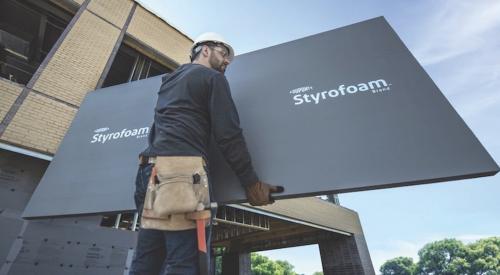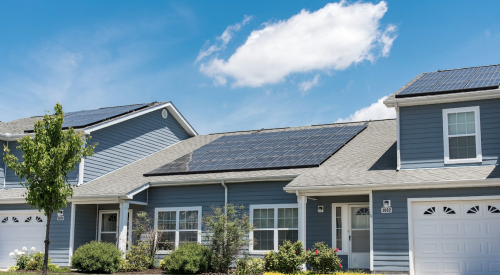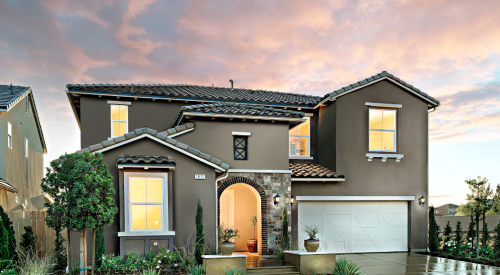California’s pioneering zero net energy mandate for single-family homes, effective in 2020, has the housing industry stirring at the notion of a green sea change. Builders may do well to take note of other states making similar waves in the Golden State’s wake.
At an event hosted by the Energy & Environmental Building Alliance (EEBA) last October, Sam Rashkin, chief architect, building technologies, Department of Energy (DOE), talked about California’s Title 24 mandate and referenced more states on the trail of requiring zero net energy home (ZNEH) construction. Rashkin spoke exclusively with Professional Builder to offer additional insight on a national scale.
Specifically, Rashkin points to Oregon as a state making the greatest strides toward similar requirements. In an executive order for the Beaver State’s upcoming 2023 building code, Governor Kate Brown references the DOE’s national Zero Energy Ready Home program requirements for residential buildings to reduce carbon emissions as a factor of climate change.
Rashkin is enthused by Brown’s mention of the DOE program, which he says “significantly addresses” potential performance risks associated with more rigorous energy codes, including construction assemblies with higher wetting potential, reduced HVAC airflow requirements, and increased air-tightness that can affect durability, comfort, and indoor air quality.
Other States Head in the Zero Energy Direction With Stretch Codes
While California and Oregon are currently the only states with active measures to implement zero net energy or zero energy ready codes, Rashkin says that Massachusetts, New York, and Rhode Island do have “substantial” stretch codes, voluntary appendices to mandatory minimum energy codes, “with energy-efficiency underpinnings for a zero energy code.”
Despite such activity and buzz, 55 percent of builders are “not at all familiar” with California’s rooftop solar mandate, and 48 percent were “not at all confident” that they could be in compliance if their state required similar solar panel installations for new homes by 2020, according to survey data reported by sustainability marketing consultants Shelton Group.
Yet, builders can be encouraged by how far they and the housing industry have come in a relatively short time to prepare for incrementally rigorous energy standards, including ZNEH. A recent survey by Home Innovation Research Labs, a consulting and third-party certification organization, found 14 percent of builders have “no issues” building homes that meet current energy codes, and just 31 percent consider cost a challenge to compliance.
Adds Rashkin, “When you get to IECC [International Energy Conservation Code] 2012 and 2015 levels of energy-efficient rigor, another 15 to 20 percent boost gets you to a good baseline for a zero energy code.”













